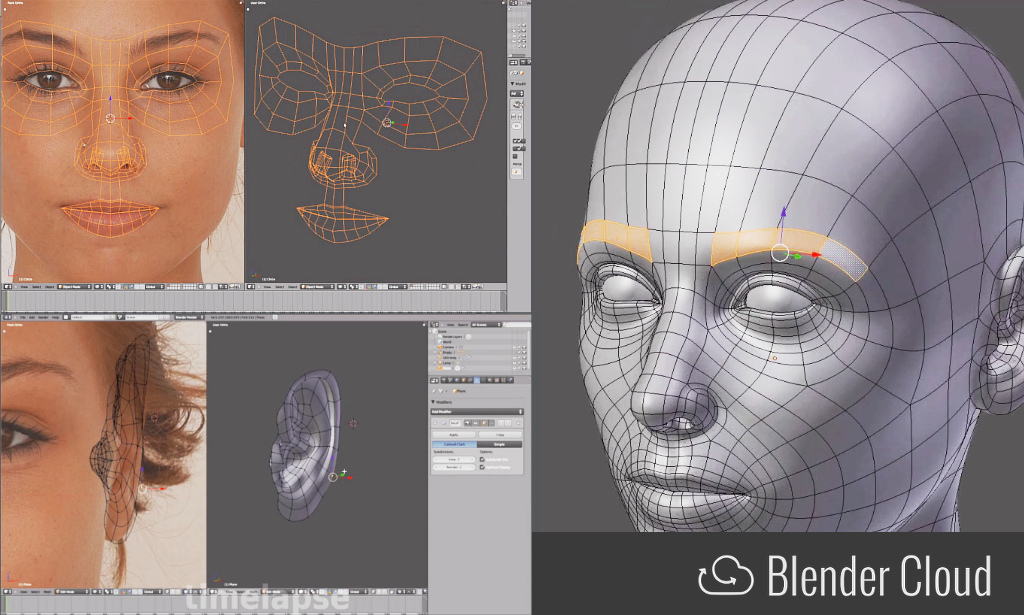

From the image node connect the Color output to the Color2 input of the Mix node, to do this press and hold the left mouse button on the output connection and drag until you hit the input on the next node, you could also go from the input to the output if you prefer it that way, I won’t judge. Connecting the DotsĪll we have to do now is connect these three nodes together. Press Shift + A, under Color, select MixRGB, then place it between the image node and the Material Output node. For this setup we don’t need the default Principled BSDF node so simply select it and press the X or the Delete key to remove it.

Set the Repeat option to Clip so that only one instance of the image will appear. Place the node down, click Open, navigate to location of the image and select open. That’s the easy way, you can also bring up the Add menu by pressing Shift + A, then under Texture, select Image Texture. This will automatically create the image node and select the image you just dropped in.

This time all you have to do is drag and drop the image from your computer onto the Shader Editor window. Then create a new material and apply it to the cube like before but instead of swapping out the base color for an image texture as we did last time we’ll do it in the Shader Editor. First insert a new cube, since it’s already unwrapped we won’t have to worry about doing that part.
Face photo blender how to#
Let’s start by going through how to add a transparent image on top of a flat color. This is a drag and drop interface, you can move individual nodes or select a group of them and move them all at once, you can also minimize each node to better organize your workspace as these setups can get pretty elaborate and start to look like spaghetti and meatballs. There are almost 90 nodes available, each one preforms a different function or set of functions you can string multiple nodes together to create complex and interesting affects for each material. Adding nodes is the same as when working with a model, the shortcut Shift + A will bring up the Add node menu where you can look for the node you need or do a search if you already know its’ name. Some nodes allow multiple connections out of one output but typical only one connection can be made per input. Of course outputs connect to inputs and vice versa. Quick note about the nodes, the connection points on the left of each node are inputs and those on the right are outputs. When you first visit this screen you’ll see two of the default nodes, the Principled BSDF node which we are already familiar with and the Material Output node which simply tells Blender where to apply the material, this is usually the last node that everything else ultimately connects to in most setups. From the editor type menu of the lower pane select Shader Editor, this window is where we’ll be putting together our material node setups. We will utilize a new editor window for this tutorial. Today though we’ll start with the basics but still accomplish something you can’t duplicate in SketchUp, adding multiple images to one face. You can get some amazing results verging on photorealism. While you could get along with just adding colors and materials like we’ve done up to now it behooves you to play around with this part of Blender. The node system is a massive part of Blender’s work flow.


 0 kommentar(er)
0 kommentar(er)
